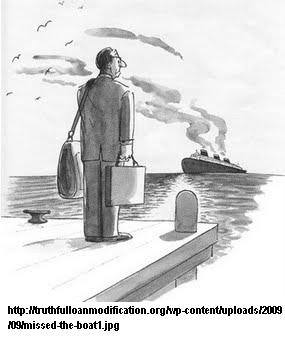Recent British study found doctors using Biopsychosocial Model For Chronic Pain were actually concentrating on psychological approaches even when it was inappropriate

BMC Musculoskelet Disord. 2010 Mar 18;11(1):51. [Epub ahead of print]
British pain clinic practitioners’ recognition and use of the bio-psychosocial pain management model for patients when physical interventions are ineffective or inappropriate: results of a qualitative study.
Harding G, Campbell J, Parsons S, Rahman A, Underwood M. abstract free full article
- Though in theory, a dual diagnosis might be more appropriate – a biomedical and a psychosocial; a more cognitive based model is pursued.
- “we found the multidisciplinary team’s management strategies focused on the psychological domain of the bio-psychosocial model.”
People with facet syndromes often have very little to show for themselves – imaging is negative and often more than one level is involved so facet blocks aren’t even considered. I have one lady who, in part, had Maigne’s thoracolumbar syndrome – Pain at T10-12 with referral into gluteal muscles. She went to a multidisciplinary clinic that she found useful – including exercises.
She, however, still needed as much “dependency” on me to inject gluteal triggers and needle and mobilize the thoracolumbar junction as she had before. It was aggravated by a scoliosis in area with some joints not wanting to follow the natural curve. Without these interventions, she would come in, in “crisis” with disabling pains. With the interventions, she was able to maintain an enjoyable life and even go vacationing south for a week without significant pain. The concept of ridding people of their “dependencies” seems to need re-evaluation.
Another issue they bring up is the social domain:
“Notably absent from the accounts was any acknowledgement or detailed account of how practitioners managed the social aspects of chronic pain i.e. addressing issues relating to how patients social interactions was affected by their chronic pain. For example, issues relating to social support, sense of identity and stigma associated with being a chronic pain sufferer were revealed in our earlier study of patients’ perspectives, but these were not broached in any detail among the practitioners interviewed.”
There, I would have to plead guilty… I have asked a lay pain speakers how he addresses that and was told he learns how to change the subject when talking to people. One good response I did here was to tell people “I am injured – not sick”.
They do mention how housing is an issue and I have attempted, in past, to look into low income housing.
Money issues I consider a big problem but have little success in hooking people up with cheap help.
Addressing the social aspects I would like to hear more about and if anyone has any good resources, I would like to hear about it…

how is this model used in conjunction with “addictions”